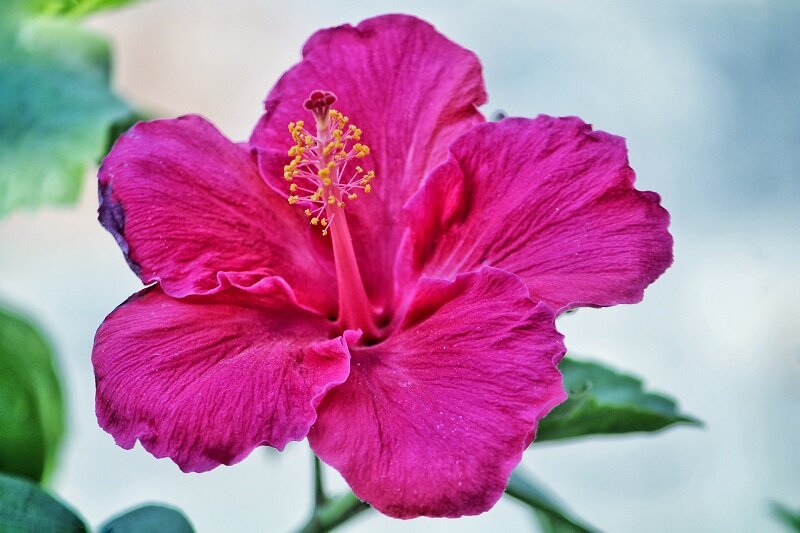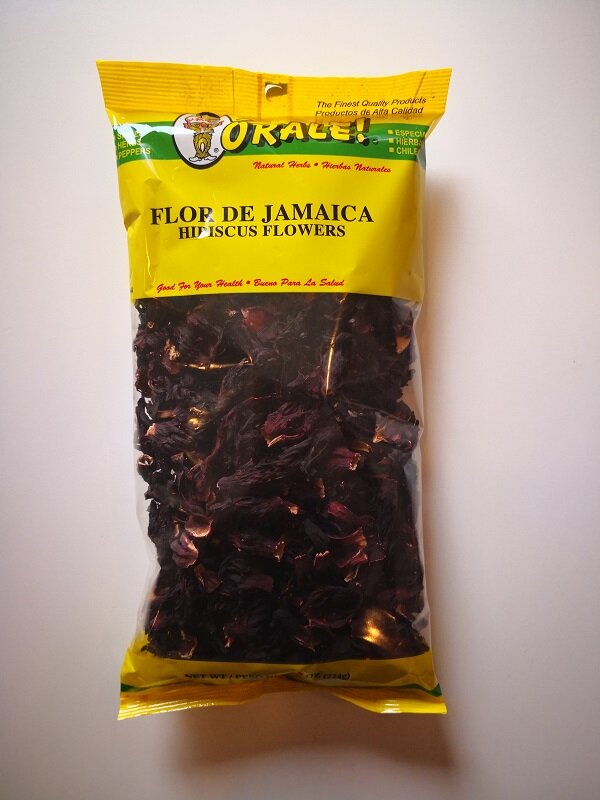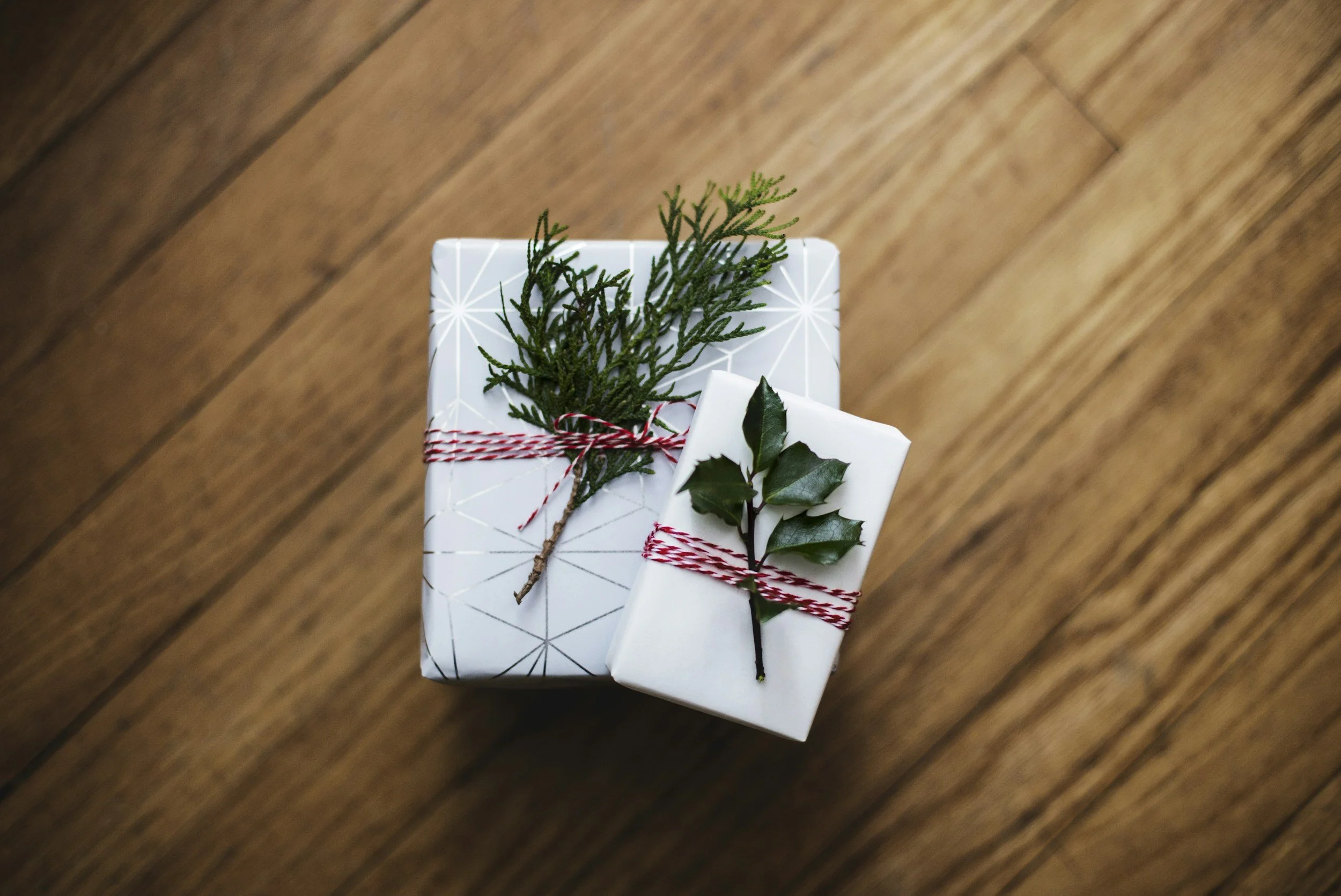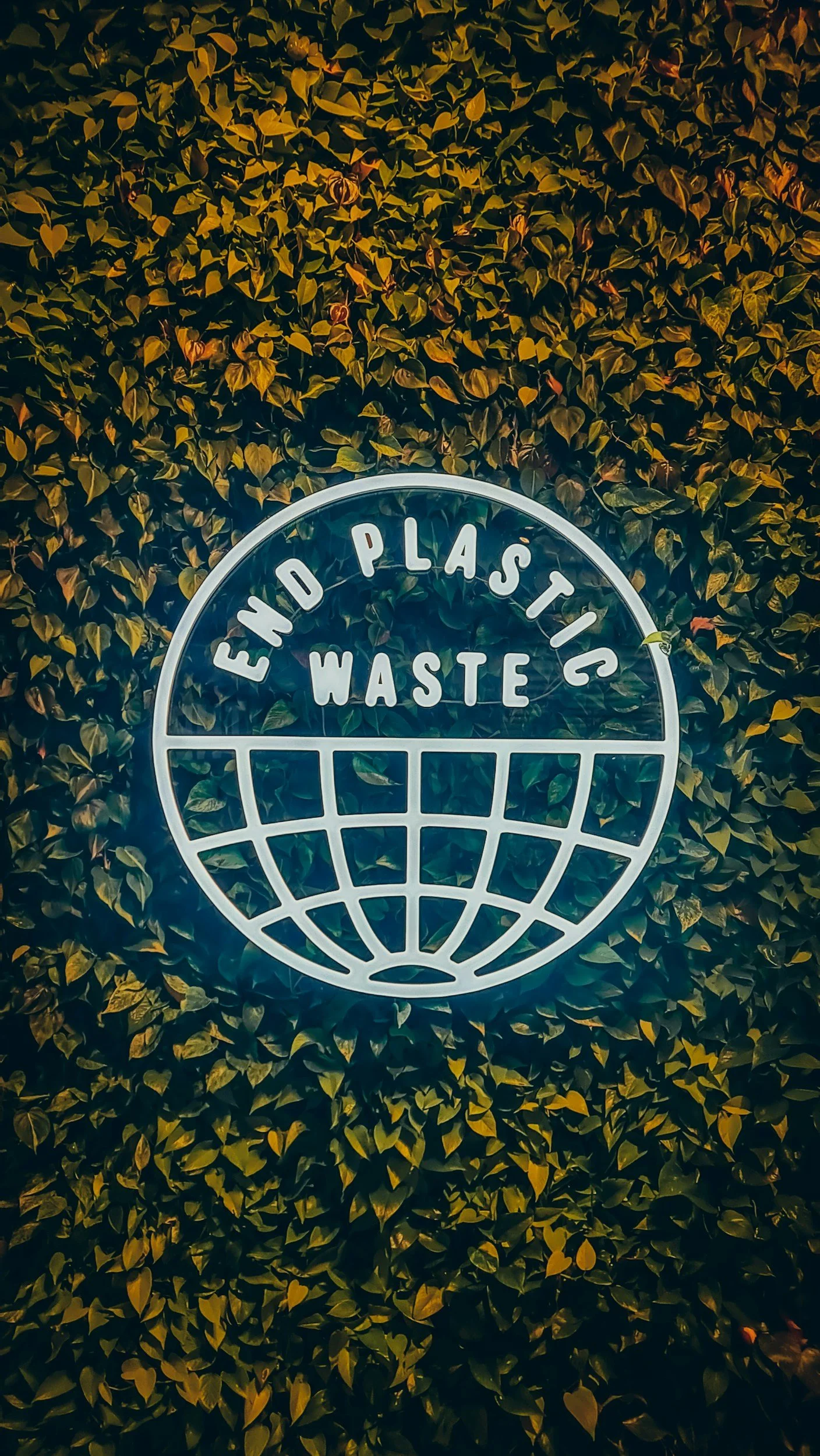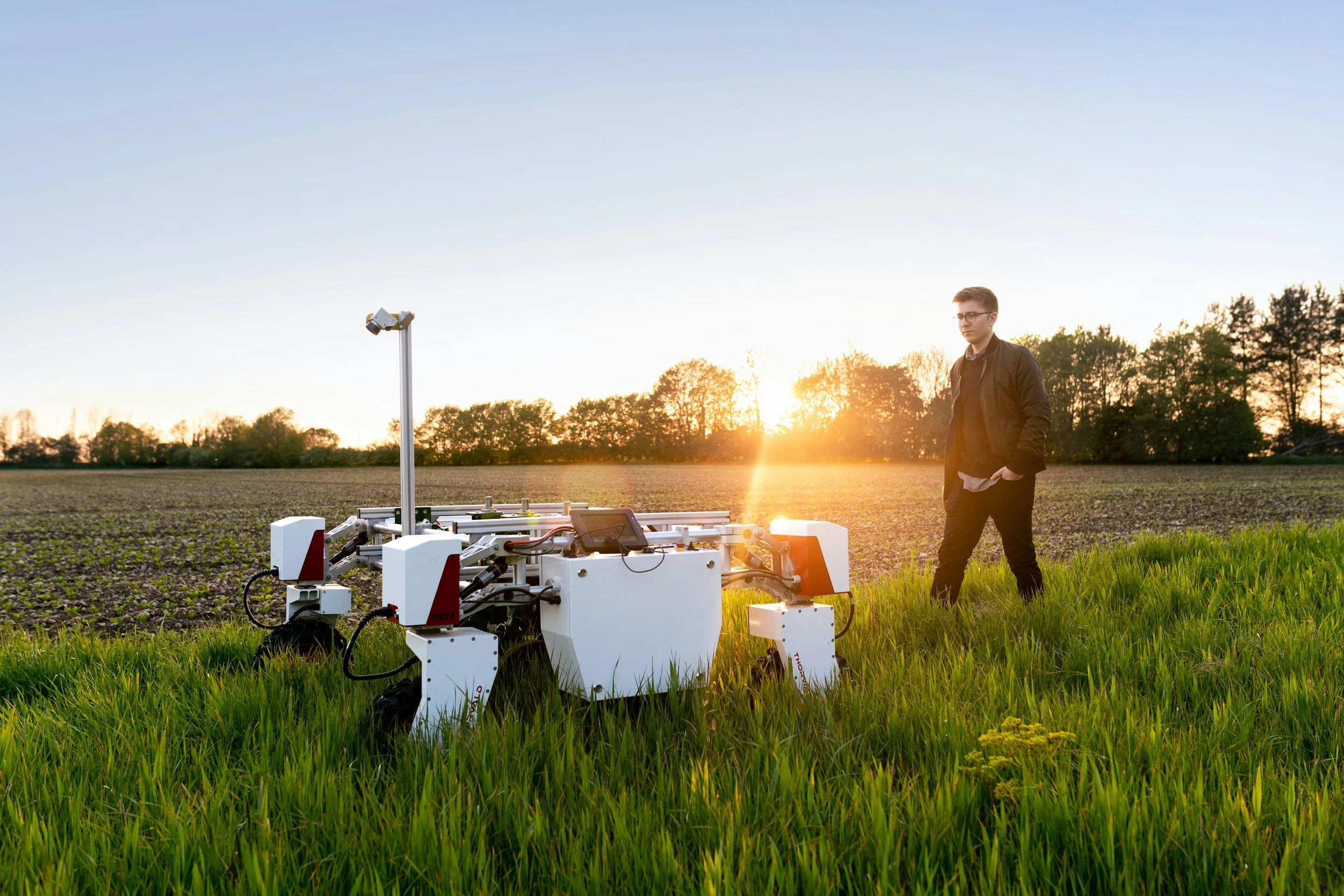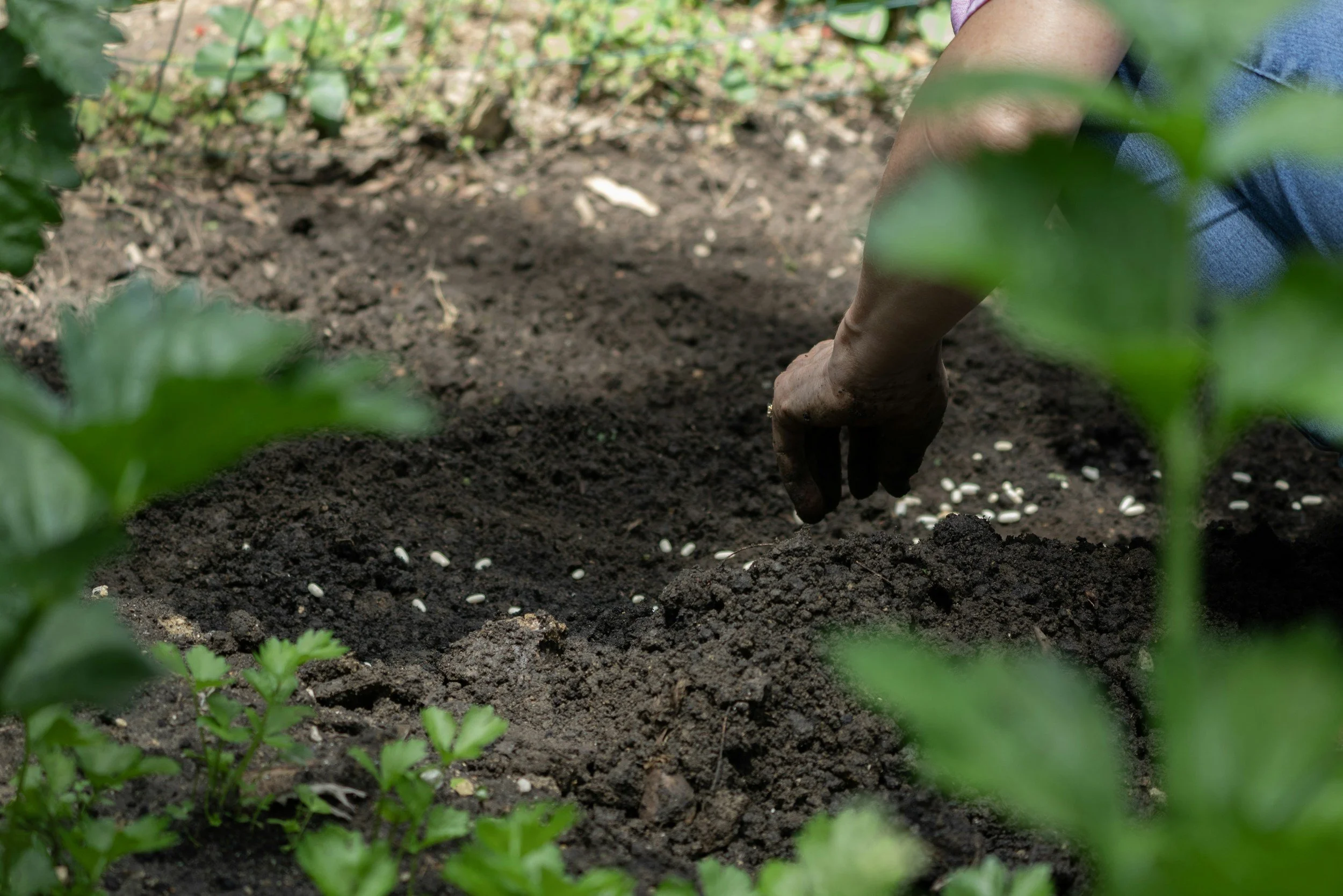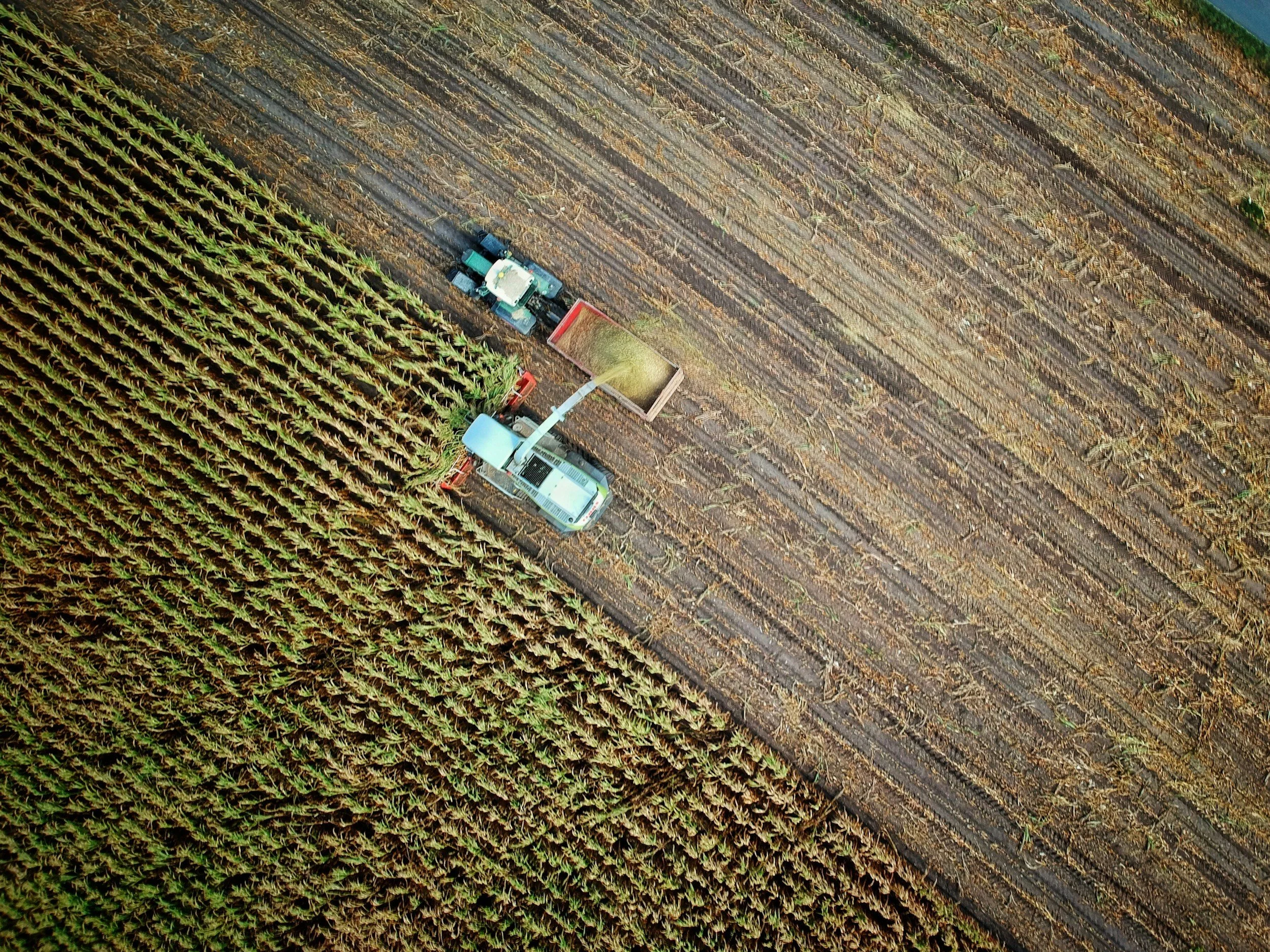Why you should be drinking hibiscus water
/You might recognize the large, colorful red, yellow, white, or peach flowers of the hibiscus plant, especially if you live in one of the tropical, sub-tropical, or temperate climates in which it grows. In the Caribbean, hibiscus is used to make sorrel, a sweet drink that is made from the dried boiled leaves of the hibiscus sabdariffa species, flavored with spices like cinnamon and ginger, and frequently consumed around the Christmas holiday season. Did you know that aside from adding a rich and vibrant display to your garden that attracts beneficial pollinators, or providing a delicious beverage for the holiday season, hibiscus has several different medicinal uses? The flowers and leaves of this plant have been used for millennia for culinary purposes, and to make teas and liquids that can remedy a number of medical conditions, including high blood pressure, upset stomach, and bacterial infections.
You might recognize the large, colorful red, yellow, white, or peach flowers of the hibiscus plant, especially if you live in one of the tropical, sub-tropical, or temperate climates in which it grows. In the Caribbean, hibiscus is used to make sorrel, a sweet drink that is made from the dried boiled leaves of the hibiscus sabdariffa species, flavored with spices like cinnamon and ginger, and frequently consumed around the Christmas holiday season. Did you know that aside from adding a rich and vibrant display to your garden that attracts beneficial pollinators, or providing a delicious beverage for the holiday season, hibiscus has several different medicinal uses? The flowers and leaves of this plant have been used for millennia for culinary purposes, and to make teas and liquids that can remedy a number of medical conditions, including high blood pressure, upset stomach, and bacterial infections.
In Sudan, hibiscus sabdariffa is cooked with onions and groundnut, while in India, the tender leaves and stems are used to make chutney or eaten in salad. In China, oil is extracted from the seeds of the hibiscus plant; seeds are also boiled and eaten in soups or fermented and used to make a condiment for meat substitutes. The dried caclyces (parts of the flower) are used around the world to make jams, jellies, sauces, syrups, wines, preserves, teas, and even food coloring.
Hibiscus has numerous health benefits. It is used in traditional medicines to treat colds, toothaches, urinary tract infections, indigestion, excessive flatulence, hangovers, fever, and gynecological disorders related to post-delivery conditions. Clinical trials have shown that hibiscus sabdariffa is effective in treating obesity, with multi-targeted mechanisms that work to regulate metabolism, peptides, hormones, and digestive enzymes; lessen oxidative stress; and inhibit inflammatory pathways. Several human and animal trials also demonstrate that consuming hibiscus can reduce hyperlipidemia (the accumulation of fats or lipids in the blood) as week as hypertension (high blood pressure). In fact, several studies on the effects of hibiscus extract on hypertension have demonstrated that hibiscus is as effective as pharmaceutical anti-hypertensive drugs in treating mild to moderate hypertension. Other studies have shown that hibiscus has anti-inflammatory, anti-microbial, and diuretic effects that can be used to treat symptoms of diabetes, fungal, and bacterial infections. Finally, it is found to be effective in inhibiting some cancers, including breast and colon cancer.
Hibiscus is safe when consumed in moderation. As with any herb, and many foods, you must take precautions when pregnant or breast feeding, although side effects during pregnancy and lactation appear to be uncommon. They may include upset stomach, gas, constipation, nausea, painful urination, headache, and nausea. If you have diabetes or are scheduled for surgery, consuming hibiscus in medicinal quantities can lead to unsafe fluctuations in your blood sugar levels. Take precautions, consume moderately, and above all, pay attention to your body’s reactions after consuming hibiscus.
There are many ways to get the benefits of drinking hibiscus. If you are put off by the amount of sugar that goes into making sorrel, there are much healthier options you can pursue on a daily basis. Making hibiscus tea is one of them – you can usually find hibiscus tea bags in the health food section of grocery stores, and it is sold in stores across the U.S. like Whole Foods and Mom’s Organic Market. You can also brew the dried leaves in an infusion, and it’s not as hard as you might think. I purchase a bag of dried hibiscus flowers from the Korean grocery store HMart for under $10. Walmart also sells them, as does Amazon.com. To brew tea from the dried hibiscus flowers, just boil water, then pour it over a tablespoon or two of leaves (alternatively, you can use a tea infuser). Let steep 5 minutes and add honey or drink plain.
My go-to hibiscus beverage is hibiscus water, which is water flavored with a decoction of hibiscus. A decoction is a more concentrated form of tea making than an infusion. This method allows you to store the hibiscus decoction in the refrigerator and add to your water as needed.
To make the decoction, put a handful or two of dried hibiscus flowers in a 1-quart stainless steel saucepan (this is important, because using aluminum can destroy or compromise the plant’s medicinal properties) and pour cold water over it. Boil for 5-8 minutes, then turn off the heat and cover the saucepan with a lid. Let the decoction sit overnight, then strain into mason jars the following day. I find that the hibiscus decoction is best consumed within a week; after a couple of weeks it may develop mold.
Drinking hibiscus in this way allows you to reap the health benefits of hibiscus in a convenient way. If you are a person who, like me, doesn’t really like the taste of plain water, it’s also a way to make sure you are drinking plenty of water during the day!
Like this? Please pin!




